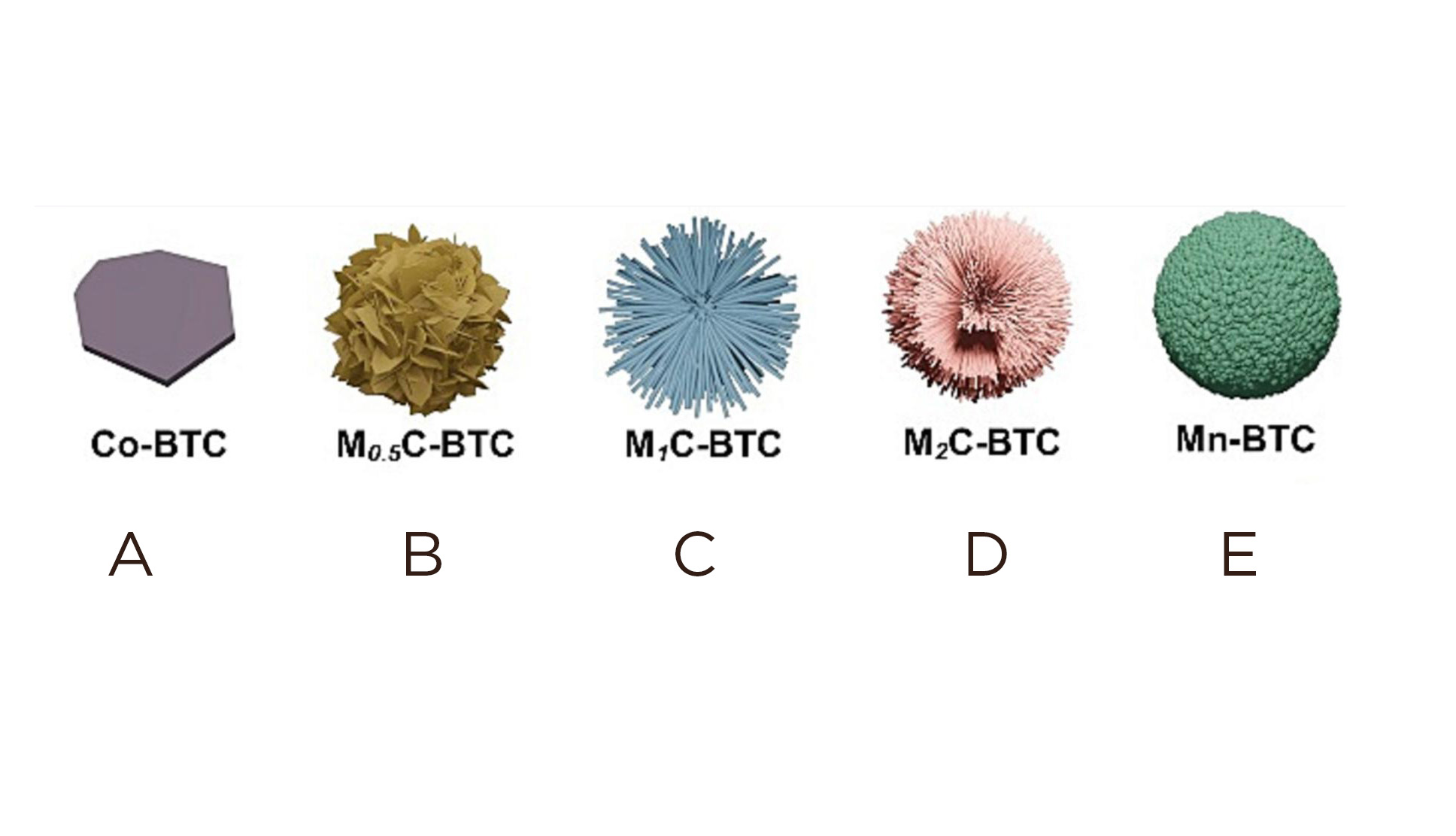Pop quiz: which of these particles will most likely prevent exposure to poisonous gas?

The researcher with the answer is AIBN PhD candidate Silvia Chowdhury, a burgeoning nanoarchitect who wants to protect industrial workers from invisible threats in the air.
(We’ve got the solution to this riddle below. But first, let us take you through the science.)

Silvia’s work at the AIBN is in the design of nanoengineered materials for harmful gas detection. Specifically, she develops nanoparticles that allow workplace sensor technology to detect traces of ammonia.
Ammonia of course is a common industrial gas widely used in refrigeration and the manufacturing of fertilisers, pharmaceuticals, cosmetics, dyes, plastics, fabrics, and pesticides.
“However, it can cause serve skin burns and eye damage and respiratory irritation.” Silvia says.
“Because of these hazards, we must continue to improve the detection method.”
Silvia says powerful techniques such as UV–vis spectrophotometry and gas-chromatography-mass spectrometry are effective ammonia detectors but ill-suited for most workplaces, given the equipment is bulky, expensive, and requires specialist technicians.
Stay on top of our industry news and developments, events and opportunities, by joining The NetworkJoin The Network
Instead, quartz crystal microbalance (QCM) sensor technology is easy to miniaturise, able to operate at room temperature with low power consumption and uses nanoparticles to collect the slightest trace of gas and trigger the alarm.
In the Chemical Engineering Journal, Silvia lays out her findings on what the best nanoparticles for the job might be.
By synthesising a series of 3D manganese-cobalt BTC metal organic frameworks (MOFs) Silvia set out to find the perfect vessel to capture and raise the alarm on gas particles.
Adjusting the ratio of manganese and cobalt allowed her to land on a hierarchical hollow Mn-Co BTC sphere (M2C-BTC) that proved superior for detection and stability.
That means if you guessed (D) to the question above, you’re on the money.
“You can see with the M2C-BTC particles, a combination of the hierarchical structure and the hollow cavity can enhance the adsorption rate of ammonia molecules by several fold.” Silvia says.

“It is a strategy that can hopefully lead to better outcomes for people working with and near hazardous gases, and also to open avenues for synthesising various hierarchical bimetallic MOFs with controllable sub-units and interior architectures.”
Silvia’s work was completed under the guidance of AIBN group leader Professor Yusuke Yamauchi and principal PhD advisor Dr Yusuf Valentino Kaneti, with contributions from international collaborators from institutions across Egypt, Indonesia, Saudi Arabia, Japan, and India.



